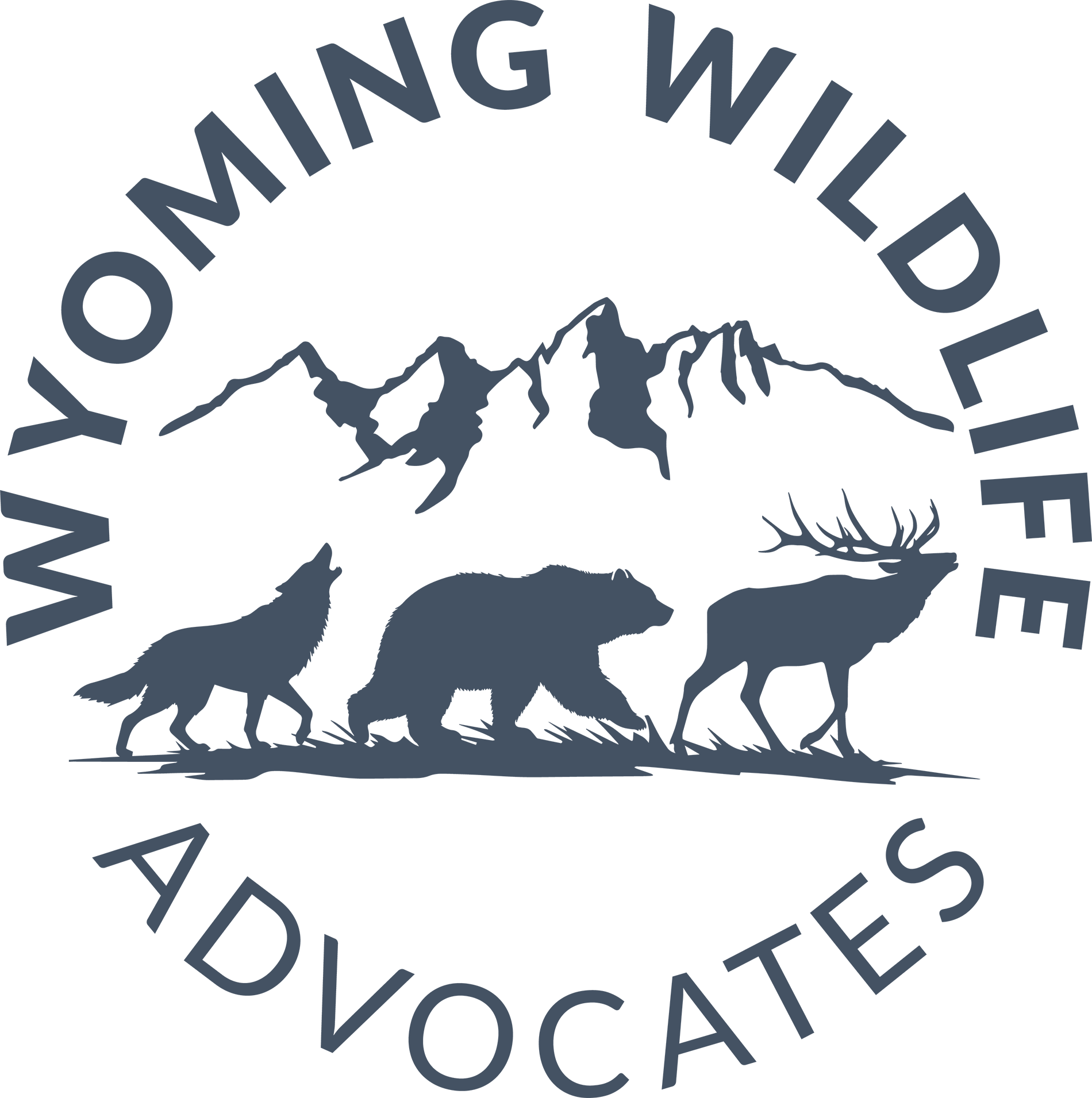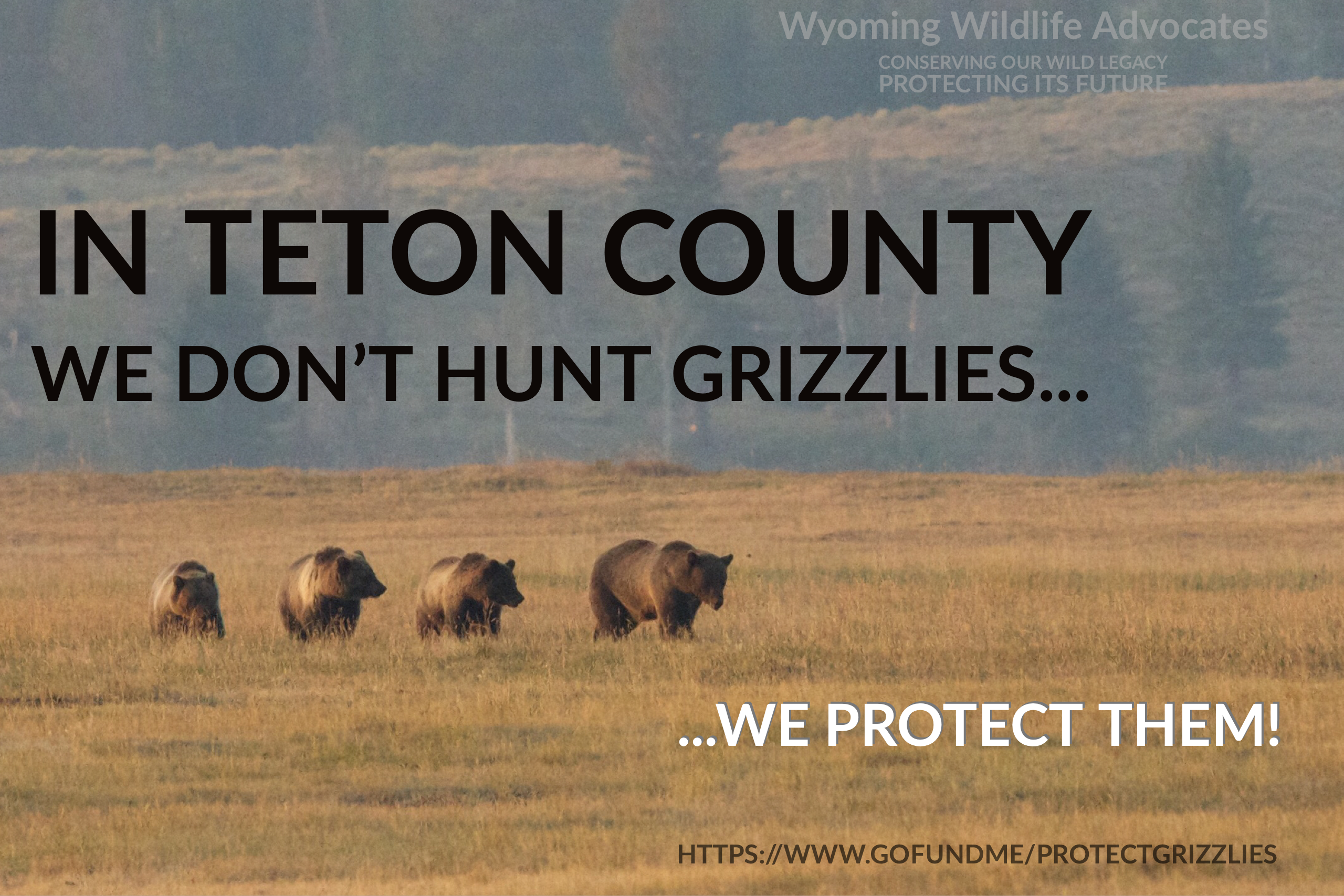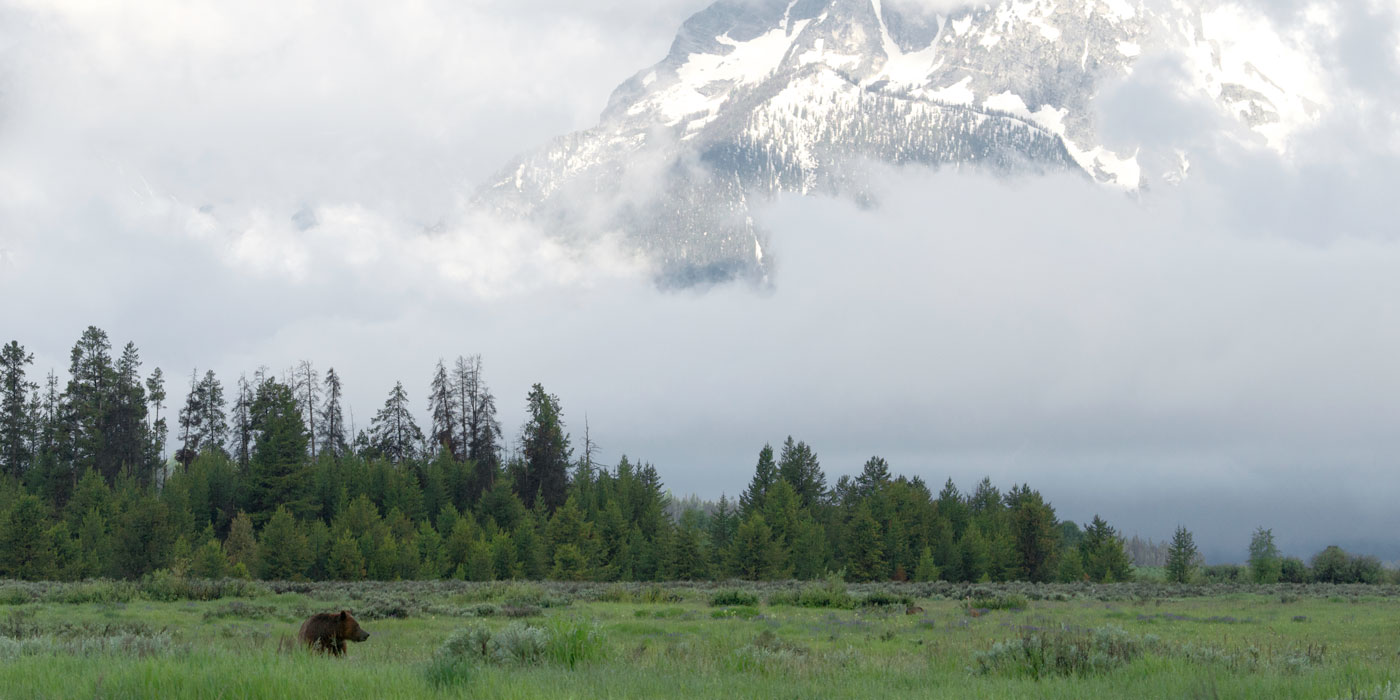POSTED: WEDNESDAY, OCTOBER 22, 2014 4:30 AM
The New West / By Todd Wilkinson
Tom Mangelsen savors the quiet fall. The renowned Jackson Hole wildlife photographer, who has traveled to every continent in search of remarkable animal imagery, considers the autumn mating ritual of North American elk to be among the greatest spectacles of nature.
Nowhere else is the scene more dramatic, Mangelsen said, than in his own backyard of Grand Teton National Park. He interacts with thousands of park visitors annually, and, he says, most are under the false impression that wapiti are protected.
Indeed, for most of the year Grand Teton rangers, like their counterparts in Yellowstone, aggressively warn tourists to refrain from doing anything that might cause duress to animals or disrupt wildlife behavior.
Violate the regulations by getting too close or feeding the wild inhabitants and one can be punished with a hefty fine. Do something truly egregious, such as harming or harassing a creature, and a visitor could be banished from the park.
However, it’s all part of a strange illusion — a web of extraordinary contradictions — that shape wildlife management in Jackson Hole.
Last Saturday night Mangelsen and a group of wildlife watchers were positioned along the Grand Teton highway between the Oxbow Bend of the Snake River and Willow Flats rimming the southeastern flanks of Jackson Lake.
Few spots rival it in the Lower 48 for the diversity of fauna readily seen. The corridor is an anchor to Jackson Hole’s growing multimillion-dollar, nonconsumptive ecotourism economy.
Three groups of elk, in succession, passed blithely across the Snake, sending camera motor drives aflutter. The bands headed eastward over the asphalt highway and then disappeared out of sight.
That’s when Mangelsen heard the reverb of rifle fire on the first evening of Grand Teton’s annual “elk reduction program,” also known as the park hunt.
His heart sank.
“Once the hunters arrive in the park and the bullets start flying, it’s time to put the cameras away because the elk get justifiably skittish. Their behavior changes,” Mangelsen said. “They know they’re running for their lives.”
While the park elk hunt was codified in Grand Teton’s 1950 founding legislation, many see it as an anachronism grossly out of step with shifting societal values in the modern world.
Elk vigorously safeguarded against human harm inside the boundaries of an iconic nature preserve on one day are suddenly subjected to intrusive stalking and killing by hunters the next.
Besides their anger over animals being hunted in a national park, local photographers Tim Mayo and Kent Nelson say the hunt drives hikers and other recreationists out of Grand Teton in October, represents a public safety hazard, results in resource damage from sportsmen behaving stupidly and creates grave dangers for species like grizzly bears that are attracted to the carcasses.
These contradictions prompted Mayo and Nelson, under the banner of their group, Wyoming Wildlife Advocates, to file a lawsuit this week seeking to get the hunt halted.
The legal action may not succeed but it raises important questions that state and federal officials have refused to meet head on, preferring to hide behind the excuse that the hunt is an old Western tradition — even when it flies in the face of logic.
Mayo and Nelson say it’s absurd that millions of tax dollars are spent every winter artificially feeding thousands of elk on the National Elk Refuge — based on the rationale that it’s necessary to prop up herd numbers. Meanwhile, just across the invisible park boundary, Grand Teton officials carry out an “elk reduction,” claiming there are too many. Which is it?
The elk refuge feeding program also has made it a notorious reservoir for the bovine disease brucellosis and a potential hot spot for chronic wasting disease.
Further complicating the picture is the admission that Grand Teton’s elk hunt will result in hunter-caused grizzly bear deaths inside the park.
Grand Teton senior biologist Steve Cain, a scientist I respect, has said that until the elk refuge stops feeding elk, Grand Teton’s elk hunt will go on.
The elk refuge is managed by the U.S. Fish and Wildlife Service, Grand Teton by the National Park Service. Both are sister agencies within the U.S. Department of the Interior.
While Interior Secretary Sally Jewell talks a good game about being committed to ecosystem health and sound wildlife management, the arguments advanced by Mayo and Nelson expose hypocrisy.
Addressing it takes courage, but does Jewell have it in her?
Todd Wilkinson writes his column for the Jackson Hole News & Guide every week.
You can link to the original column by clicking here.





